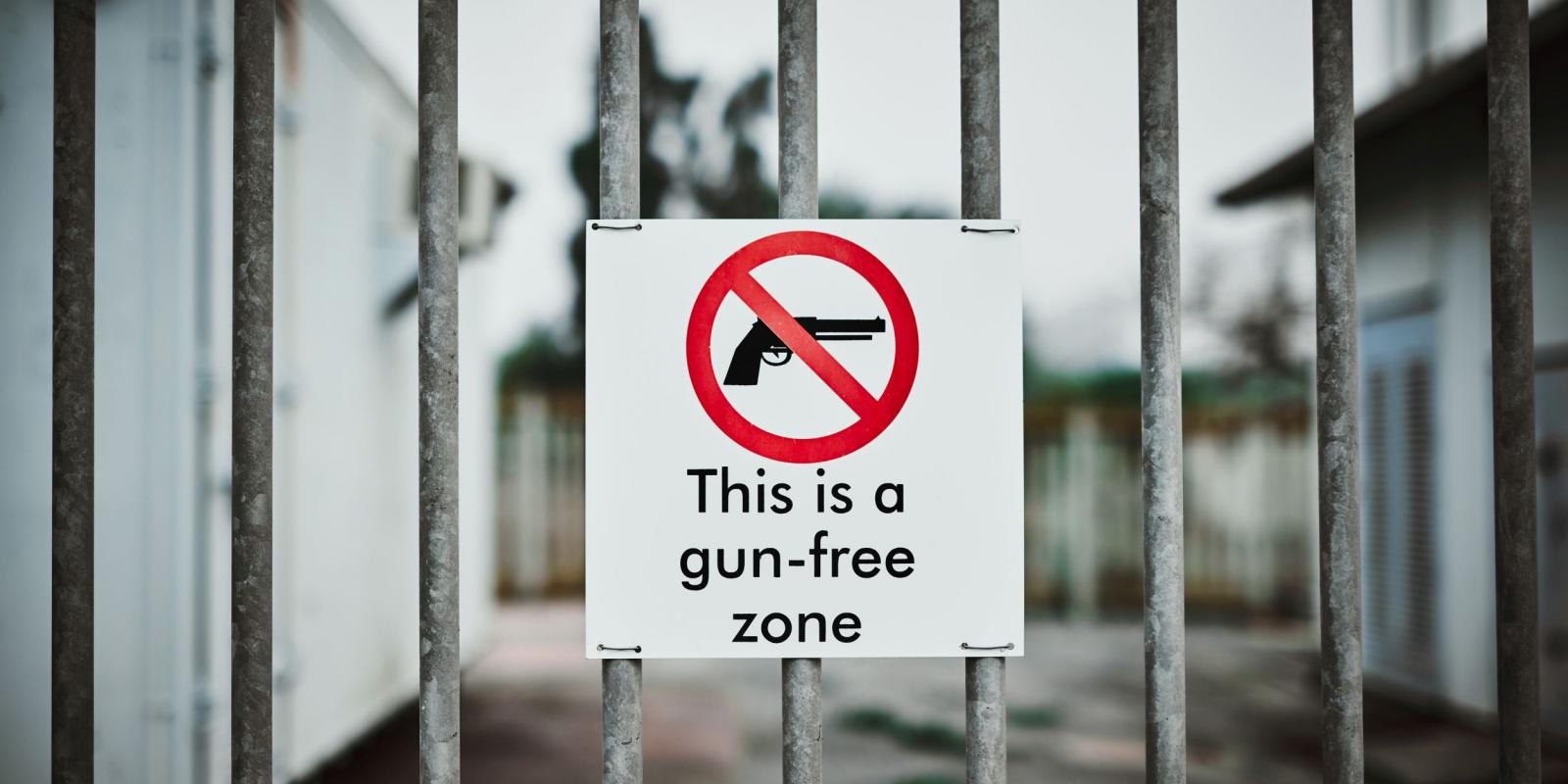It has become a cliché to bemoan the fact that the United States is drowning in weaponry, specifically guns. And it feels like clichéd thinking to hope that somehow this time, since the Uvalde, Texas, killing of 19 children and two teachers, things will be different, and we might see some legislative action.
But since Uvalde on May 31, there have been 33 more mass shootings, and the day after saw Tulsa, Oklahoma, with five dead at a medical facility, due to the former patient/shooter feeling ignored by his physician for post-back surgery pain. The year 2022 (prior to Tulsa) saw 230 mass shootings in which four or more were killed, leaving 256 dead and 996 injured.
How do these statistics relate to older adults? Well, 42% of Americans ages 65 and older live in a house with guns; and 70% of suicides in older adults are by firearm. This number is rising, by the way, as older adult suicides have increased 49% between 2010-2018, most often affecting white males. Older adult homicide is also increasing, between 2014 and 2017 the United States saw 6,188 victims, 62% of whom were male, the majority (68%) killed at home, and 44% by firearm.
Since the May 14 supermarket shooting affecting majority black older adults in Buffalo, NY, there has been much discussion at ASA about how to address it, as seen here. Also in the past two weeks, we have been sent two remarkably well-done resources addressing gun ownership in older adults and older adult trauma from gun violence.
There’s a Plan for That Gun Collection
First Ruth Katz of LeadingAge sent us a piece they wrote that included the “Firearm Life Plan” from the University of Colorado and Rocky Mountain Regional VA Medical Center in Denver. This document covers all the bases for older adults who would like a plan for dispersing of any guns they own and a plan for what to do if they are starting to worry about their cognitive health, as well as a plan for caregivers of older adults who might be concerned about guns in the house if/or when their parent or friend may start to see a cognitive decline.
Some steps in the overall planning process include inventorying one’s weapons while still cognizant, including divulging precise locations; and identifying the proper person to ensure one’s wishes about gun dispersal are followed.
The guide is like an advanced care planning document for guns.
Aptly described by Kaiser Health News reporter Judith Graham as advanced care planning for guns, the Firearm Life Plan includes a list of warning signs to note in elders with guns, broken down by the categories physical, cognitive, behavioral and emotional; an assessment regarding suitability for having guns (to perform on oneself or with a loved one); a step-by-step plan for starting a conversation about gun safety; and how to build a plan for ridding a house of guns. That one is detailed enough to present options for getting a person with dementia out of the house when that happens and what to say and do upon their return.
Also mentioned in the Firearm Life Plan is the idea that locking up guns in the house is not a sufficient plan, as elders may still know where keys are hidden, despite any indications of cognitive impairment.
It is critical that any such guide cover dementia in this detailed way, as in 2018, Kaiser Health News found in a four-month investigation that there had been more than 100 cases across the United States where people with dementia killed or injured themselves or others with a firearm. It also found 15 homicides and more than 95 suicides in this group since 2012, and most often the people with dementia killed the people closest to them—caregiver, wife, son, daughter. Most perpetrators were deemed incompetent to stand trial.
Help for Victims of Gun Violence and Trauma
Covering the other end of the spectrum of gun violence, that of victims or people close to victims, is NCOA’s excellent trauma tip sheet for the aging network, called “Older Adult and Gun Violence Trauma.” Although advanced age can be protective for trauma due to older adults’ acquired coping mechanisms and resilience, the level and daily onslaught of violence we’re encountering has the potential to disturb the sturdiest of individuals. And any older person who has been a victim of gun violence or other trauma in their earlier life, can be triggered and retraumatized by just reading the daily news.
The NCOA sheet has tips for providing support and comfort to gun violence survivors as well as how to build a self-care action plan; when to seek extra support; when it might be time to make and how to make a referral to mental health services.
There’s also a section on figuring out if guns are safely stored for victims who take comfort in having them in the house and if not, how to do so.
Finally, there’s a resource list of experienced organizations working with gun violence survivors.
Caregivers of older adults are used to “having the conversation” about driving, or about potentially moving to a safer location, but how many are having that difficult conversation about gun ownership? We highly recommend these tips sheets to get that conversation started.
Alison Biggar is ASA’s Editorial Director.
Photo credit: By Adene Sanchez; iStock.













